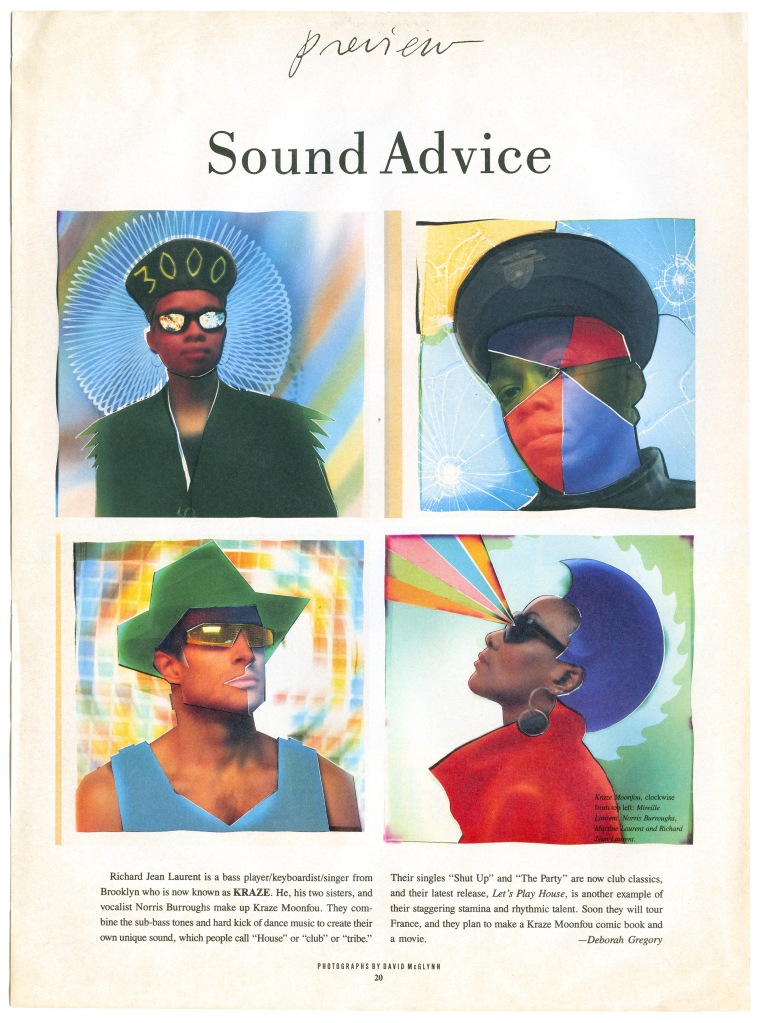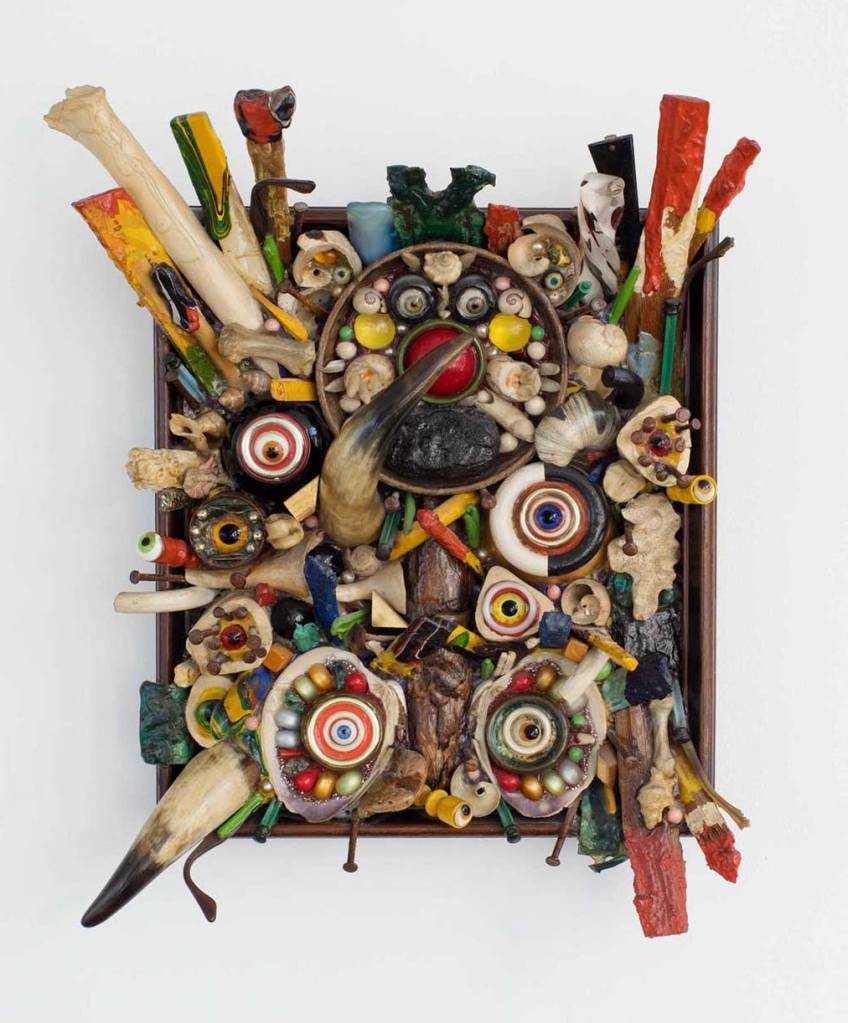POLLMALL 2021 is a physical collage of strips of photographic film. The assembly, measuring app. 2×6”, was scanned at high resolution to make the final digital file. As of this date I haven’t actually printed it, but I envision it largish, 3’ x 9’ perhaps. We can dream, can’t we? The images are of various presidential candidates from the 1988 election, and were ‘leftovers’ from a rather peculiar job. This reimagined image is from the series ‘Working With Film’, one of 12 separate projects from the yearlong ’12 in 21’ adventure of 2021.

Approximately 9,000 years ago when I was around 30, living in the loft in Astoria, and doing any kind of work that was photography related, I got contracted to manage a promotional project for the uncle of a former girlfriend, The Liberace of old school P.R., Ron Rubinow, of the esteemed Madison Avenue firm of Spencer and Rubinow. Funny thing, there never was a Spencer. Now that’s what I call P.R.! Think Yiddish, dress British as they used to say, before our children started telling us we couldn’t say anything anymore. I digress….

The project (actually the third for same client, the now defunct Greater New York Savings Bank) which happened during the nomination season leading up to the 1988 presidential election, involved standing in front of bank branches with full-size cut-out photographs of the various candidates vying for nominations including Pat Robertson, Jesse Jackson, Al Gore, GHWB, Michael Dukakis, Mario Cuomo, etc. Bank clients (really, anyone walking by) were invited to have a Polaroid photo taken of themselves with the candidate of their choice. I was able to hire friends willing to suffer embarrassment for cash, and we did this for a number of weeks at different locations around the city. It was excruciating and hilarious. Somehow someone from Esquire Magazine spied us on the street and before long they were making arrangements to use the the cutouts in a fashion shoot. Oliver Stone’s ‘Wall Street’ had just come out and the models appeared to come from Yuppie Central Casting.

Apart from a stack of polaroids, I had the 8×10” film copies of the candidates from which I had the giant prints made. They went into a box into the basement, along with trillions of other forgotten jobs from the pre-digital film era. I never throw anything away. I kinda felt, as digital was emerging, perhaps even this kind of crap could become more valuable in some modest way, if just because it was no longer being made.

Enter my Covid-Era inspired 2021 ’12 in 21’ project where I sensibly soaked up much free time with a dozen self-diagnosed art projects. ‘Working With Film’ was one such project, and it involved (finally) digging out all this old film and willfully desecrating into interesting visual solutions.
The Blurb: “Working With Film is the March 2021 installment of ’12 in 21’, a year-long series of month-long art/photography projects. It is an opportunity to delve into projects and interests usually pushed to the side. Most of the work is analog based. Visually, there is no set agenda, just energetic exploration allowing the process to inform and inspire. In this series I am working with old transparencies and negatives, mostly mine, mostly from old stock photo files. There is a smattering of ‘found film’ throughout… I am physically shredding film, using a hole punch, painting, freezing them in ice, and sandwiching between glass then smacking with a hammer, among other things. Jolly good fun! I am reassembling the scraps, then digitally scanning or re-photographing. There is minimal Photoshop.”
For this particular project I first took those 8×10” transparencies and gleefully put them thru a standard paper shedder. I then sifted the the debris and reassembled them in this ‘Frankenstein meets Picasso’ style collage.


As with a lot of my collage work, it sorta works like this: As modern painters shifted away from literal depictions on their canvasses and embraced impressionism, expressionism, surrealist and cubist styles, this immediately required a willing viewer’s brain to ‘do more work’ to sort out and make sense of these new visual approaches, in particular cubism. Much of it is unconscious; just as the brain makes sense of the stroboscopic moving images of film and television in order to become digestible and understandable (Film theorists often refer to this illusion of movement as the persistence of vision), there is a joyful dance going on in your mind when looking at (good, well made) non-literal art. This particular picture (if you can stand looking at it at all!) works in a similar if much coarser way. As you pass your eyes back and forth over the image your brain desires to make sense out of what it sees, and will start to glue bits together in the form of mutant pol mugs. Glorious!



































































































































































